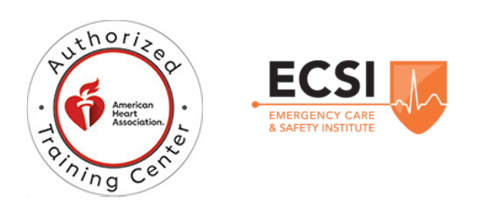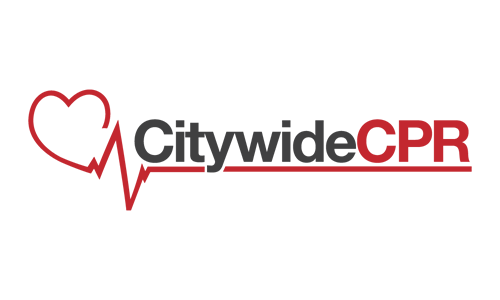SCA or sudden cardiac arrest is a major debilitating disease that has a very high mortality rate and has only a small margin of revival before a person succumbs to it. SCA is a heart problem, although there are other factors that could lead to the development of the disease.
Before a Cardiac Arrest
One of the reasons why cardiac arrest claims so many lives every year is the lack of noticeable symptoms that it should exhibit. One minute, and individual can go from walking around or doing any normal activity, another minute they hit the floor. Even the individual may not know what is happening until it is too late.
There are instances however, when people feel a persistent pain in their chest. This is caused by the heart undergoing erratic behavior and receiving electric signals ha make the pumping irregular. This is considered as the onset of ventricular fibrillation. This means that the heart is pumping in irregular rhythms, leading to a cessation of function. With the heart stopping due to electrical signals malfunctioning, there are ways in which the problem can be reversed.
During a Cardiac Arrest
During a cardiac arrest, it is important that people within the immediate vicinity be alert and able to act quickly. One of the primary aspects of a successful revival of a sudden cardiac arrest patient is the quick response such as performing cardiopulmonary resuscitation and using an automatic external defibrillator. Cardiopulmonary resuscitation helps keep the patient’s body alive for a higher chance of revival, while an automatic external defibrillator can help in giving a surge of electricity that could potentially restore the normal flow of electric signals. With restored rhythm, there is a chance that the return of sudden circulation can happen. This may or may not bring back the consciousness of the patient. It is important that emergency services are contacted immediately before performing CPR or using an AED in a patient.
After a Cardiac Arrest
There are a lot of possible outcomes from a cardiac arrest, and it is affected by a lot of factors. The speed of action for first aid and advanced life support play major roles. The worst possible outcome is the failure of revival of the sudden cardiac arrest patient. Other outcomes can be partial revival, meaning the patient is alive but unconscious, or the patient can be fully revived with consciousness. Other than the three, there are also other complications such as weakened physical state, an affected mental state, or injuries caused by consequences of the cardiac arrest or because of the intensity of CPR done. Either way, after cardiac arrest, there will be treatments to keep the body alive for the unconscious, or therapy for those that would require recuperation from physical injuries.
Whatever the case may be, everyone should be involved in helping people undergoing SCA. More people mobilizing to save an individual’s life is sure to help reduce the frightening statistics that sudden cardiac arrest poses for citizens of the country. From CPR training to having an AED, these simple things can be great tools in the time of need.





